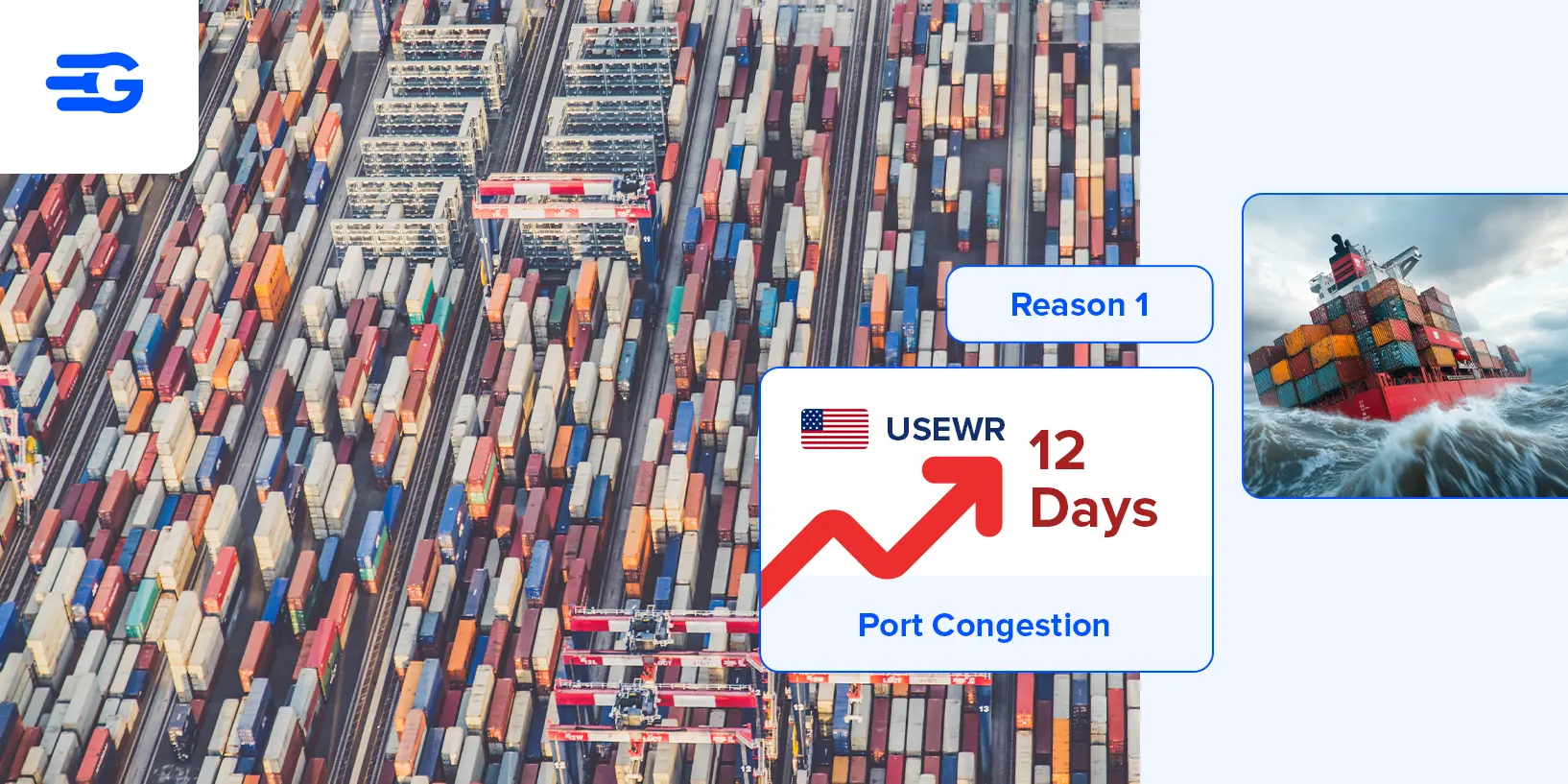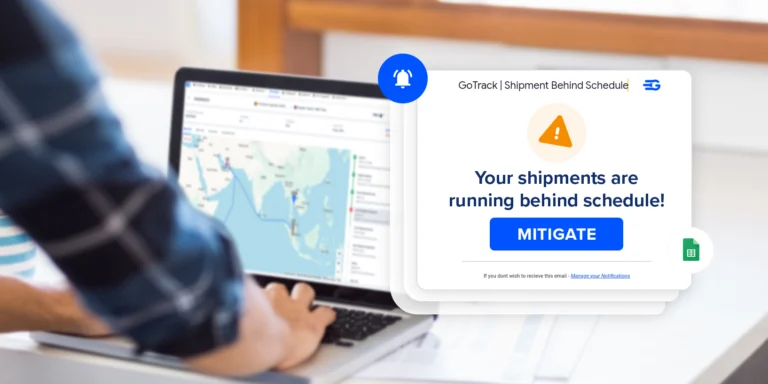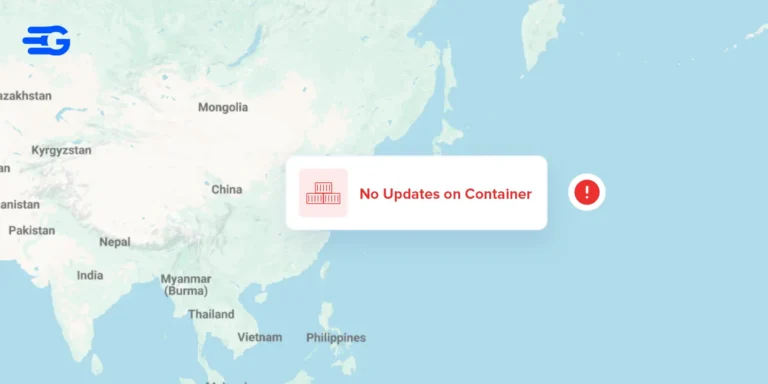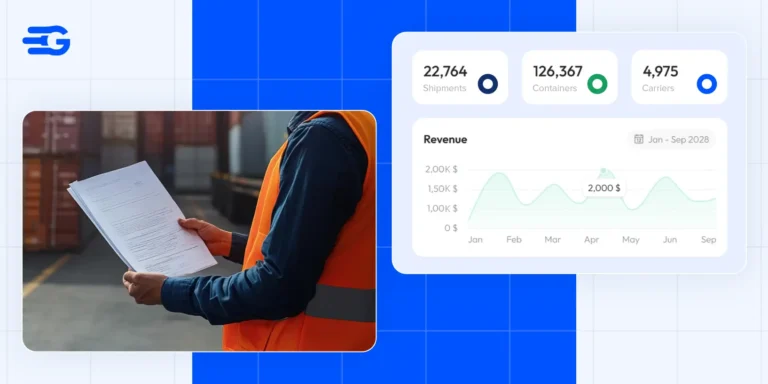Top 5 Shipping Document Errors That Cause Delays
Shipping document errors can be a huge headache for businesses. We’re talking about things like customs holds, missed deadlines, and costly demurrage fees. It all adds up fast. These mistakes are frustrating, especially when they could have been avoided with a bit more attention to detail. And as your business scales, those errors pile up faster than you think.
The good news? You don’t have to sit back and wait for these issues to crop up. With proactive document validation, businesses can catch errors before they become a major problem. Let’s dive into the top shipping document errors that cause delays, and how you can avoid them moving forward. Let’s read on.
Error #1: Incorrect Commodity Descriptions
One of the top shipping document errors businesses face is incorrect or vague commodity descriptions. It may seem minor at first, but this mistake can lead to serious delays and complications during customs inspections. Customs authorities depend on accurate descriptions to:
- Determine the right duties and taxes.
- Check compliance with local regulations.
- Verify if the goods are restricted or require special documentation.
If the description doesn’t match the actual items in the shipment, it triggers red flags. This can result in:
- Customs holds: Your shipment could be stuck at the port, awaiting further inspection.
- Fines or penalties: Incorrect descriptions may lead to unexpected fees and complications. For instance, demurrage and detention fees from shipping lines can reach as much as $2,478 per day per container (source: Container xChange).
- Confiscation or delays: The goods could be seized or delayed for weeks while the issues are sorted out.
As a result, a shipment that’s supposed to arrive in two days could end up stuck for a week or more, causing major disruptions in your supply chain.
With the right tools, like auto-flagging mismatches between line items and HS codes, you can catch these errors early, preventing all of the above from ever happening.
Error #2: Missing or Mismatched Incoterms
When dealing with shipping documents errors, missing or mismatched Incoterms are another common error that can cause major confusion.
Incoterms define the responsibilities of both the buyer and the seller when it comes to the delivery of goods. They clarify who handles shipping costs, insurance, risk, and the point at which ownership transfers. If these terms aren’t correctly noted or are inconsistent across the documents, it creates uncertainty that can delay the shipment.
Two things can go wrong here:
- Missing Incoterms: Unclear responsibilities lead to disputes.
- Mismatched Incoterms: Delivery confusion, payment delays, and cost disputes.
The consequences? They’re not pretty.
You could end up with delivery disputes, where the buyer or seller argues about who’s responsible for what. Payment delays are common too, as the terms of shipment could be misinterpreted or unclear.
A tool like GoComet can help by prompting users to select and confirm the correct Incoterms before finalizing the shipping documents. This ensures consistency and clears up any confusion well before the shipment leaves the warehouse.
Error #3: Inaccurate Weights and Dimensions
Another major culprit in shipping document errors is inaccurate weights and dimensions.
When the measurements or weight of the goods are under- or over-reported, it can lead to a cascade of problems down the line.
This may seem like a simple mistake, but it can trigger recalculated freight charges, unexpected surcharges, and even billing disputes. For businesses, these shipping document errors can add up quickly, causing both logistical headaches and financial strain.
If the dimensions and weight don’t match what the carrier is expecting, the shipment could be delayed, and your costs will be higher than anticipated.
Using validation rules that compare declared figures against carrier limits and historical shipment data can prevent these errors from happening in the first place, saving time and money for your business.
Error #4: Wrong Party Details (Consignee/Shipper)
One of the more frustrating shipping document errors comes from wrong party details, especially when it involves the consignee or shipper.
If the recipient or sender’s information is outdated, incomplete, or just plain wrong, it can cause significant delays. These errors can result in misrouted shipments, re-consignment fees, and all-around confusion.
| Issue | Consequence |
| Outdated consignee details | Shipment could be sent to the wrong address, delaying delivery. |
| Incorrect shipper details | Miscommunication between the supplier and buyer, leading to confusion and delays. |
| Incomplete contact info | Difficulty in contacting either party, causing delayed responses and re-shipment. |
Imagine this: your goods are en route, but they’re stuck because the consignee’s address doesn’t match the one on file. Or worse, the shipper is listed incorrectly, causing delays at customs or with carriers.
These shipping document errors are costly and time-consuming to resolve.
Using a document validation and duplicate-check alerts ensures you’re entering the right details from the get-go, preventing issues before they even begin.
Error #5: Incomplete Customs Documentation
Missing certificates like origin documents, phytosanitary certificates, or other essential paperwork can cause shipments to be held up at customs, incurring daily per-diem detention fees.
Customs authorities require certain documents to ensure that shipments comply with local laws and regulations.
Without these, your shipment may be stuck in limbo, causing serious delays and impacting your delivery schedule.
- Without phytosanitary certificates (for certain goods), your goods may be rejected or held for inspection, causing unexpected delays.
- Import/export licenses are required for certain goods, and missing them can lead to customs fines or rejections.
- Customs won’t clear the shipment until they verify the product’s origin, potentially delaying the entire process.
- Without proper itemized details, customs might not process your goods, leading to extended detention.
The result of these shipping document errors? Your goods sit at customs while you rack up per-diem detention costs, waiting for missing documents.
To avoid this, GoComet offers checklist enforcement, which ensures that every required certificate is uploaded and verified before the shipment leaves.
This helps businesses eliminate these issues and streamline their customs process.
How GoComet’s Document Validation Works
GoComet’s document validation solution is built to tackle shipping document errors head-on. It uses real-time checks and AI-powered pattern recognition to catch inconsistencies before they cause delays.
Whether it’s mismatched HS codes or incomplete forms, GoComet flags these shipping document errors instantly, allowing businesses to fix them early in the process.
| Feature | Benefit |
| Real-time checks | Identifies shipping document errors as they happen. |
| AI-powered pattern recognition | Scans for discrepancies to ensure accuracy and compliance. |
| Auto-flagging | Flags mismatches between documents and HS codes. |
| User prompts | Encourages proactive error correction before submission. |
| Instant visibility | Provides a dashboard view of document accuracy. |
With GoComet’s document validation, businesses can eliminate shipping document errors, avoid delays, and ensure smoother customs processing and customer experience every time.
Conclusion
Shipping document errors are a constant challenge for businesses, but they don’t have to be. By proactively addressing issues like incorrect descriptions, mismatched Incoterms, and incomplete customs documentation, companies can save time, reduce costs, and avoid costly delays.
The key to avoiding these errors is smart validation. With GoComet’s automated document validation system, businesses can catch these errors early, preventing disruptions and ensuring smooth, on-time deliveries. Ready to eliminate shipping document errors once and for all?
Book a demo with GoComet today and streamline your shipping process.




